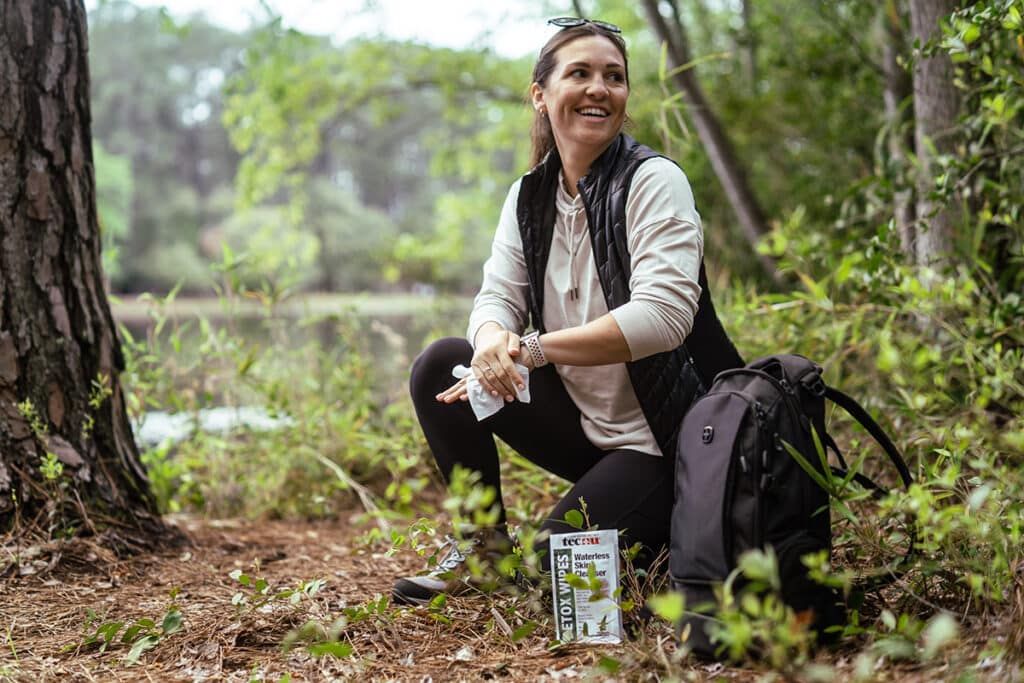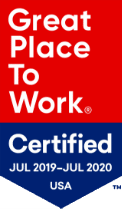How Quickly Must Poison Ivy Oil be Removed To Avoid a Rash?

If you’ve ever experienced it, you know that a poison ivy rash is never pleasant, and any steps you can take to reduce or, even better, completely avoid the infamous itchy rash is worthwhile. While most people are aware of the more basic prevention methods such as wearing long sleeve shirts while hiking and avoiding three-leafed ivy and shrubs, there are still many questions and misconceptions floating around.
This article will answer one of the most common of these questions—once exposed to poison ivy, how long does a person have to clean the affected area in order to completely avoid a rash altogether?
How Does Poison Ivy Rash Spread?
In case you aren’t already familiar, there are a few key details that you need to know about how poison ivy rash spreads on the human body. The rash is caused by urushiol, the oil that naturally coats every part of poison ivy, oak, and sumac from leaf to root.
A rash stemming from any of these plants is the result of the body’s natural immune reaction to the toxic urushiol, meaning that you can only experience a rash on an area that has directly been exposed to the oil. While this means that you can’t spread the rash simply by scratching or touching the affected spot, spreading the rash is very possible by touching any fresh urushiol that remains on your body or clothing.
Therefore, the only way to avoid a rash after contact with poison ivy is to thoroughly remove all urushiol from your body in order to minimize contact with the poison.
How to Properly Clean Skin Exposed to Poison Ivy
If you think that you’ve come in contact with poison ivy, you must wash and clean the affected area as soon as possible. Because they are formulated to effectively remove urushiol, we recommend using Tecnu Detox Wipes, or washing with Tecnu Original Outdoor Skin Cleanser or Tecnu Extreme Poison Ivy Scrub with cool water. Be sure to carefully clean under your fingernails during this process—if any urushiol is trapped in the hard-to-reach crevice under the nail, touching other parts of your body may end up spreading the oil around.
It must be noted that you should never use hot water to clean fresh urushiol off your body. It often feels better and more soothing, but hot water will both open the pores of your skin and may spread the urushiol over your skin's surface before actually removing the oil. In short, hot water will increase the area the oil touches and make your skin more prone to absorb it.
Lastly, you should wash any clothes, tools, camping gear, etc. that may have come in contact with the poison ivy. Tecnu Original Outdoor Skin cleanser is an effective solution to help remove urushiol from these items. Urushiol can survive on surfaces and maintain its toxic qualities for years and is still very capable of causing a rash.
How Long Do You Have to Act?
And so we come to the central question of this article—how long do you have to clean the affected area if you hope to completely prevent a rash?
Most sources on the internet will suggest that you only have between 15 to 30 minutes after initial contact. Although there’s no doubt that the sooner you do so the better, in our experience the timeframe is more generous and will vary from individual to individual. Someone more sensitive to poison ivy can remove the urushiol within two hours and still avoid (or significantly reduce) a rash, while someone more resilient to the toxin can have a window as long as eight hours.
It’s worth noting that it can be hard to tell right away if you’ve successfully gotten the urushiol off in time because poison ivy rash won’t usually develop fully until about 24 to 48 hours after the initial contact.
A New Tool For Countering Poison Ivy Rash
Remember, you should carefully clean any exposed surface as soon as you realize that it’s come in contact with poison ivy, oak, or sumac. The sooner this is done the better, and following the instructions included here will help you to minimize or completely avoid a rash.




